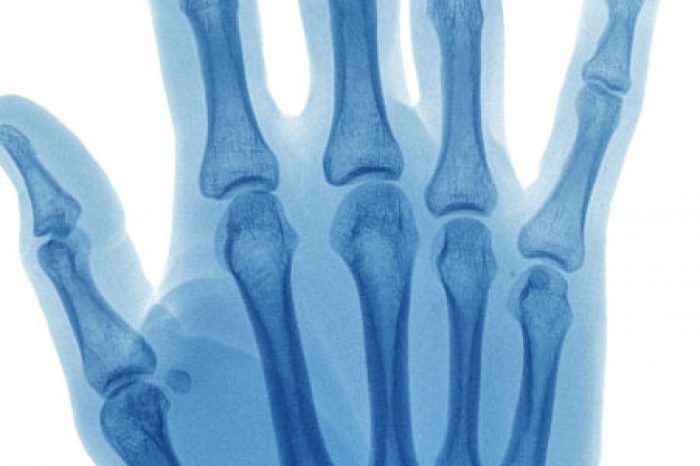Trigger finger is the catching or locking of the finger as it flexes or extends. In this condition, the flexor tendon does not glide through the tendons pulley, and patients experience a sudden release or locking of the finger. Often this will cause pain.
Traditional open surgery is associated with a longer recovery time and more complications including tendon bowstringing, digital ulnar drift, and nerve injuries (Ryzewicz & Wolf, 2006).
Conservative treatments often include NSAIDs, hand splints, corticosteroid injections and physical therapies. Recently, extracorporeal shock wave therapy (ESWT) has been gaining interest as an alternative to surgery for the treatment of musculoskeletal disorders.
Is shockwave effective for trigger finger?
There have been 3 published studies evaluating shock wave treatment for trigger finger, and have shown shock wave therapy is effective in reducing pain and triggering.
Evidence base for shockwave for trigger finger:
- In 2020, Vahdatpour et al. recruited 19 subjects with trigger finger and each patient was treated with 3 sessions of shockwave 1-week apart. In this study, focused shock waves were used directly on the nodule, while radial shock wave therapy was used on the peripheral tissues. In the study, there were statistically significant differences in a reducing pain and triggering after the treatment, and 6 and 18 weeks after intervention.
- In 2016, Malliaropoulos et al. published a retrospective cohort study of 44 patients (49 fingers) treated with radial shockwave therapy weekly. The number of sessions ranged from 3 to 8, with an average of 6 treatment until symptoms subsided. At 1 month, the mean pain score had reduced by 67% from baseline and at 12 months the pain had reduced by 91% with excellent long-term results.
- In 2016, Yildirim et al. compared shockwave treatments to corticosteroid injections. Shockwave treatments were administered over three sessions at 1-week intervals, and patients reported a significant improvement in pain and decreased triggering at 1, 3, and 6 months after the treatment. There was no significant difference between the results from the shockwave treatments and the corticosteroid injections.
The available clinical studies show that shock wave can be an effective therapy to reduce pain and triggering severity in trigger finger.
(781) 591-7855
20 Walnut St
Suite 14
Wellesley MA 02481
References:
- Malliaropoulos N, Jury R, Pyne D, et al. Radial extracorporeal shockwave therapy for the treatment of finger tenosynovitis (trigger digit). Open Access J Sports Med 2016;7:143.
- Ryzewicz M, Wolf JM. Trigger digits: principles, management, and complications. J Hand Surg Am 2006;31:135-46.
- Vahdatpour B, Momeni F, Tahmasebi A, Taheri P The Effect of Extracorporeal Shock Wave Therapy in the Treatment of Patients with Trigger Finger. J Sports Med 2020;11:85-91.
- Yildirim P, Gultekin A, Yildirim A, Karahan A et al. Extracorporeal shock wave therapy versus corticosteroid injection in the treatment of trigger finger: a randomized controlled study. J Hand Surg Eur Vol 2016;41:977-83.
